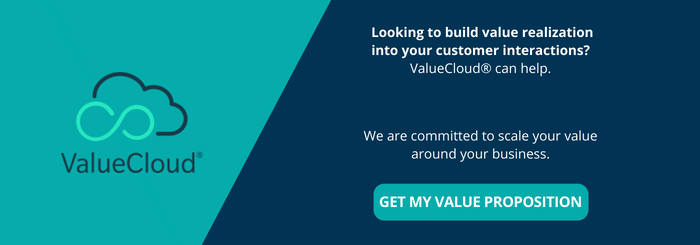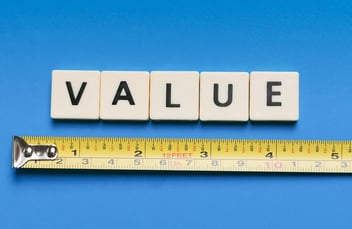Value Realization: The Fundamentals
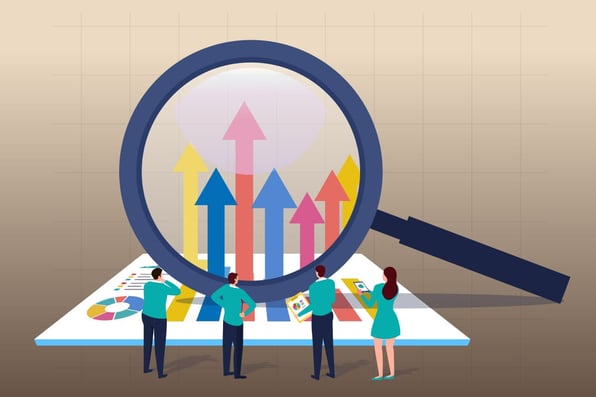
What you need to know to get started with Value Realization
Value realization has become a buzzword lately with the current focus on tangible results and the rapid emergence of the customer success function. At the same time, ‘value realization’ is a novel topic with fundamental differences compared to ‘value creation’.
While researching the topic, I came across this passage from a blog on the Salesforce website that I thought was a straightforward explanation:
“Value creation is effort that creates a quantifiable benefit. Value realization is effort that creates a quantifiable benefit that accrues to a stakeholder. An example of value creation would be creating greater efficiency within a department. An example of value realization would be creating greater efficiency that leads to a noticeable improvement in profitability for the whole company. The former only benefits a few people, whereas the latter benefits many more people in a tangible way”
Value creation is the beginning of the value management process while value realization is the end of the process. Doing both well is essential.
Value realization is 100% centered around business outcomes. It is not about esoteric and high-level discussions on how to work together. It is about facts, numbers, and performance improvement in monetary terms.
In this blog, we’re covering the basics of Value Realization that you need to know in order to level-up your customer success engagements:
Who is value realization designed for?
Value realization strategies can be designed and deployed no matter what products, services, or software you are selling. There are no limitations. Today, value realization efforts are gaining in popularity in the B2B SaaS space. It is also commonly used in IT managed services where companies decide to outsource services to third-party providers in exchange for outcome-based fees. The concepts of value realization can also be applied to products and equipment to track performance and impact on the customer operational process and P&L.
Who manages value realization?
In the B2B SaaS world, customer success teams are the value realization experts. Because they care greatly about customer success, CSMs must show outcome and impact, while also focusing on adoption of the solution to reach the full impact potential.
This is the major difference between customer support and customer success. In more traditional sectors. Strategic Account Managers and Sales Managers would play that role as part of the consultative selling process by using basic tools and managing the process manually.
What are the key metrics to track in value realization?
The only metrics that matter are the metrics each individual customer cares about. This should be part of the value discovery process when building customer value models. If you’re regularly reporting on stats and metrics that are irrelevant to your customer, you’re missing the point.
In general, there are three metrics to monitor as discussed in a previous blog:
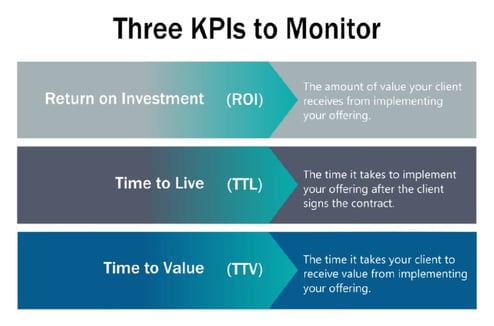
The ROI calculation is essential, of course, and so is the percentage of realized value which is accomplished versus target ensuring that what was promised pre-sale is delivered post-sale.
You could also track the percentage of the population who have adopted your solution and the percentage of planned versus expected usage of the solutions.
What are the outcomes of value realization?
If done right, value realization programs will help you evolve your quarterly business reviews into quarterly value reviews. Outcomes of your value realization process should provide documents that can be used during your QVRs or one-off value discussions with your customers.
They include value realization briefs, full value realization reports, value dashboards, and value action trackers. ValueCloud automates these deliverables to ensure your team spends less time preparing the documents, and more time engaging with the customers on action planning to increase adoption and impact.
How do you engage customers around value realization?
Value realization is an ongoing process and should span the entire customer journey. You design your customer value management strategy with the end in mind. – and the end is all about business outcomes.
Early on in the process, you invest in value conversations with your customers and understand what drives their P&L or their growth trajectory. Throughout your customer interactions, QVRs, renewal cycles, and more, you continue to engage until your customer success team is mobilized to track the right outcomes. Every step of the customer value management process is connected.
Think of it as a value loop focused specifically on the customer. It should be monitored often, communicated regularly, and should be automated to ensure you maximize customer satisfaction and earn their business for life.
Companies of all sizes are finding that quantifying, tracking, and communicating the economic value that your solutions are delivering to your customers is critical to maintaining satisfied customers and a healthy net retention rate. Curious to learn how companies are doing this successfully today? Watch our on-demand webinar to learn how to effectively align the handoff from sales to customer success and ensure that the value promised pre-sale is delivered post-sale.
Bio

Dr. Stephan Liozu (www.stephanliozu.com) is the Founder of Value Innoruption Advisors (www.valueinnoruption.com), a consulting boutique specializing in industrial pricing, digital business, and value models, and value-based pricing. Stephan has 30 years of experience in the industrial and manufacturing sectors with companies like Owens Corning, Saint-Gobain, Freudenberg, and Thales. He holds a Ph.D. In Management from Case Western Reserve University, and has written several books, including Dollarizing Differentiation Value (2016) and Value Mindset (2017).

 ValueCloud
ValueCloud
.png?width=118&height=76&name=Rectangle%20(3).png) ValueCloud Ignite
ValueCloud Ignite
.png?width=92&height=92&name=Rectangle%20(4).png) Free Assessment
Free Assessment
.png?width=100&height=100&name=Rectangle%20(5).png) Watch a Demo
Watch a Demo
.png?width=82&height=96&name=Rectangle%20(6).png) Value Calculator
Value Calculator
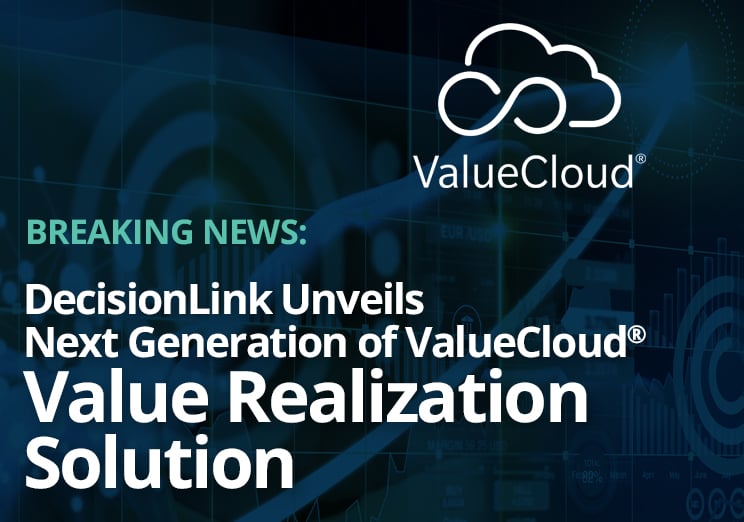
.png?width=62&height=51&name=Group%2010%20(1).png) Marketing
Marketing
 Sales
Sales
 Customer Success
Customer Success
 Engage Prospects
Engage Prospects
 Win Deals Faster
Win Deals Faster
 Retain Customers
Retain Customers
.png?width=62&height=62&name=Rectangle%20(8).png) Adopt and Scale
Adopt and Scale
.png?width=54&height=54&name=Rectangle%20(9).png) Cybersecurity
Cybersecurity
 Healthcare
Healthcare
.png?width=54&height=54&name=Rectangle%20(10).png) IT & Software
IT & Software

